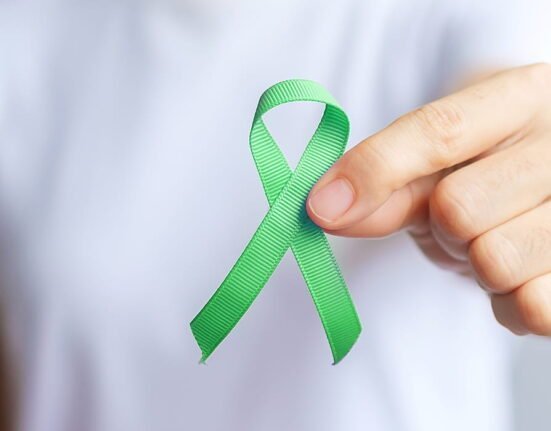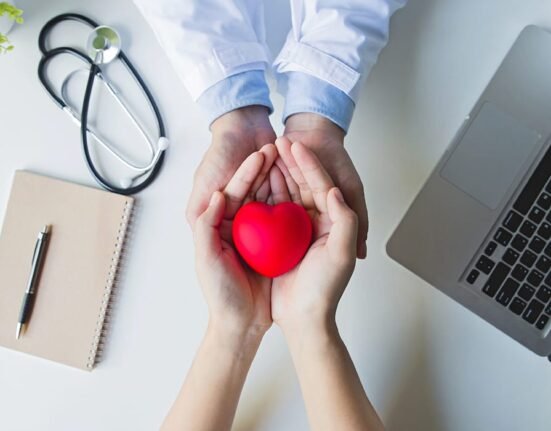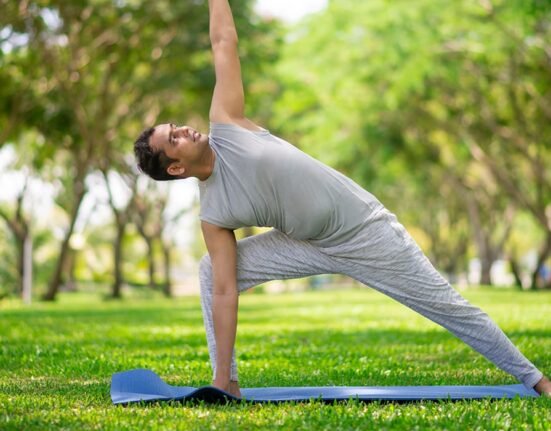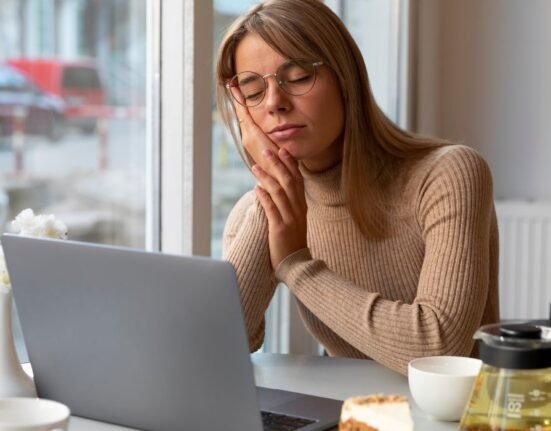A behavioural addiction, shopping addiction is characterised by excessive purchase as a coping mechanism for unpleasant emotions including anxiety and despair. Similar to other behavioural addictions, an addiction to shopping can become a fixation that causes issues in other aspects of your life.
Symptoms
- Constantly considering what they want to buy
- Having trouble quitting their obsessive buying
- Getting a flush of happiness after making a purchase
- Feeling guilty or regretful about the stuff they’ve bought
- A lack of funds or the inability to settle debts
- Making false claims about their purchases or concealing them
- Taking out new credit cards without first paying off the debt on your current ones acquiring unnecessary items
- They go shopping when they feel depressed or anxious.
Individuals with shopping addiction tend to spend more money and time shopping than they can afford, and many of them end up in debt as a result of their excessive spending. Compulsive shoppers start planning their next shopping spree and frequently collect useless items from their previous purchases. While some people love shopping with others, most people shop alone. Shopping with others who don’t have this kind of passion for shopping will typically result in shame.
Types of Addiction to Shopping
Addiction to shopping can take many forms. Among the most prevalent are:
- Buying on impulse: Impulse buying usually refers to impulsive purchases that the consumer may later come to regret. This kind of shopping addiction is mostly unplanned and stems from a fear of missing out or never seeing that goods again.
- Finding deals: The excitement of getting a good deal is what makes bargain hunters addicted. They frequently buy things just because they’re on sale, even if they don’t need them. Individuals may accumulate many of these items and end up spending a significant amount of money.
- Binge Shopping: Shopping spree Like binge eating, binge shoppers embark on lengthy buying sprees, frequently on impulse and occasionally in reaction to emotional cues.
- Bulimia shopping: Conversely, bulimic shopping is the practice of making a purchase, then regretting it and returning it. Impulsive and emotional factors might also lead to bulimic shopping.
Causes of shopping Addiction
The causes of shopping addiction could differ from person to person due to various reasons
Aspects of psychology
Episodes of compulsive purchasing may be triggered as a coping mechanism for challenging emotions. People may turn to shopping for solace if they are experiencing psychological distress, anxiety, sadness, or low self-esteem. Making a purchase might provide a momentary rush of happiness that can be used as an escape from unpleasant emotions.
Contributions from biology
According to research, biological variables such anomalies in the brain’s reward centres might be involved. Like chemical addictions, shopping can reinforce a behaviour by releasing dopamine, a neurotransmitter linked to pleasure.
Personality Qualities
Shopaholics have a personality pattern that sets them apart from most other people: the inability to control their want to shop. They are frequently lonely and alone, but they also have poor self-esteem, are easily swayed, and are generally nice, understanding, and courteous to others. They can look for ways to connect with people through shopping.
Materialistic
Compared to other shoppers, people who are addicted to shopping are more likely to be materialistic and attempt to support themselves by obtaining approval from others and achieving status through material possessions. They are more likely than others to participate in fantasy, and like others who suffer from addiction, they struggle to control their urges.
Advertising Exposure
Individuals who are addicted to shopping can be more vulnerable to the messages of marketing and advertising that we encounter on a regular basis. Certain marketing strategies are intended to encourage impulsive buying and specifically target the impulsive nature of people with a shopping addiction, while advertising generally aims to exaggerate the benefits of purchases and imply that they will provide an escape from life’s problems.
Shopping Compulsive vs. Impulsive
Unplanned purchases made on the spur of the moment in response to an immediate desire to own what you see in a store are known as impulse buying. Compulsive shopping, which is usually more planned and done as a means of avoiding unpleasant emotions, is somewhat different from impulse buying. Once more, however, those who suffer from a shopping addiction may partake in both forms of compulsive purchasing.
Ways to cope up with Shopping Addiction
Learning different coping mechanisms for the stress and distress of daily life is necessary to overcome any addiction. Although this can be completed on one’s own, therapy or counselling is frequently beneficial. You can do a lot to manage the troublesome behaviour and lessen the harm caused by compulsive spending in the interim. Creating your personal budget can be a smart way to start.
- Create more coping mechanisms: Breaking the habit of utilising shopping as a means of attempting to feel better about yourself requires finding other methods to enjoy your free time.
- Seek assistance from others: If there is another family member who is capable of handling the shopping for necessities, such food and housekeeping supplies, it may be beneficial to assign them the task, at least temporarily, while you look for assistance.
- Limit access to cash and credit: To avoid making impulsive purchases, it’s a good idea to get rid of credit cards and carry only a limited amount of emergency cash.
- Avoid shopping with other compulsive shoppers: It’s also a good idea to limit your spending by just going shopping with friends or family who don’t have a compulsive spending habit.
- Seeking help is strength: The “shopaholic” personality type has some traits that are favourable for the development and response to a therapeutic relationship, which is the best indicator of addiction treatment success. However, it’s important to note that while certain medications show promise, their effects are inconsistent and should not be relied on as a standalone or primary treatment.
Psychoanalysis
Psychotherapy can help you understand the emotional causes behind your shopping addiction. Additionally, it can assist you in overcoming your inclination to use buying as a coping mechanism. These are crucial components of getting well from this perplexing illness. Your excessive purchasing may have negatively impacted your relationships.
Psychological support can help you rebuild trust and make amends with those affected by your actions. Therapy also guides you in forming healthier relationships by teaching you how to connect with others without relying on money.
Financial Guidance
Financial counselling may also be beneficial, depending on the severity of your shopping addiction, especially if you have accrued debt as a result of spending more than you make. To stop the easy access to money that tends to feed the addiction, you could schedule a meeting with a financial advisor or consultant at your bank to go over ways to limit your easy spending, look into ways to pay off bank charges and debts, and transfer funds to less accessible savings accounts.
Create a Network of Support
It might make a big difference to have relatives or friends who are sympathetic to the difficulty. Online and in-person support groups can also offer a network of people going through comparable struggles.
Conclusion
Shopping addiction is more than just a love for buying—it’s a behavioral addiction that often stems from deeper emotional or psychological issues. While the thrill of shopping may offer temporary relief, it can lead to long-term financial, emotional, and social consequences. Understanding the signs, causes, and types of this addiction is the first step toward healing. With the right coping strategies, therapy, and support, individuals can regain control and build healthier habits.
FAQs
1. What is Shopping Addiction?
Shopping addiction is a behavioral addiction where individuals cope with unpleasant emotions like anxiety and despair by making excessive purchases.
2. What is Binge Shopping?
Shopping spree Like binge eating, binge shoppers embark on lengthy buying sprees, frequently on impulse and occasionally in reaction to emotional cues.
3. What is Compulsive Shopping?
Compulsive shopping, which is usually more planned and done as a means of avoiding unpleasant emotions, is somewhat different from impulse buying.
References +
- Cherry, K.(n.d) shopping addiction: signs , casue .verywellmind.Retired April 12 , 2025 from https://www.verywellmind.com/shopping-addiction-4157288
- Sierra Vista Hospital.(n.d).Shopping Addiction.Casues,types Retired April12, 2025 from https://sierravistahospital.com/blog/shopping-addiction-signs-types-causes/













Leave feedback about this